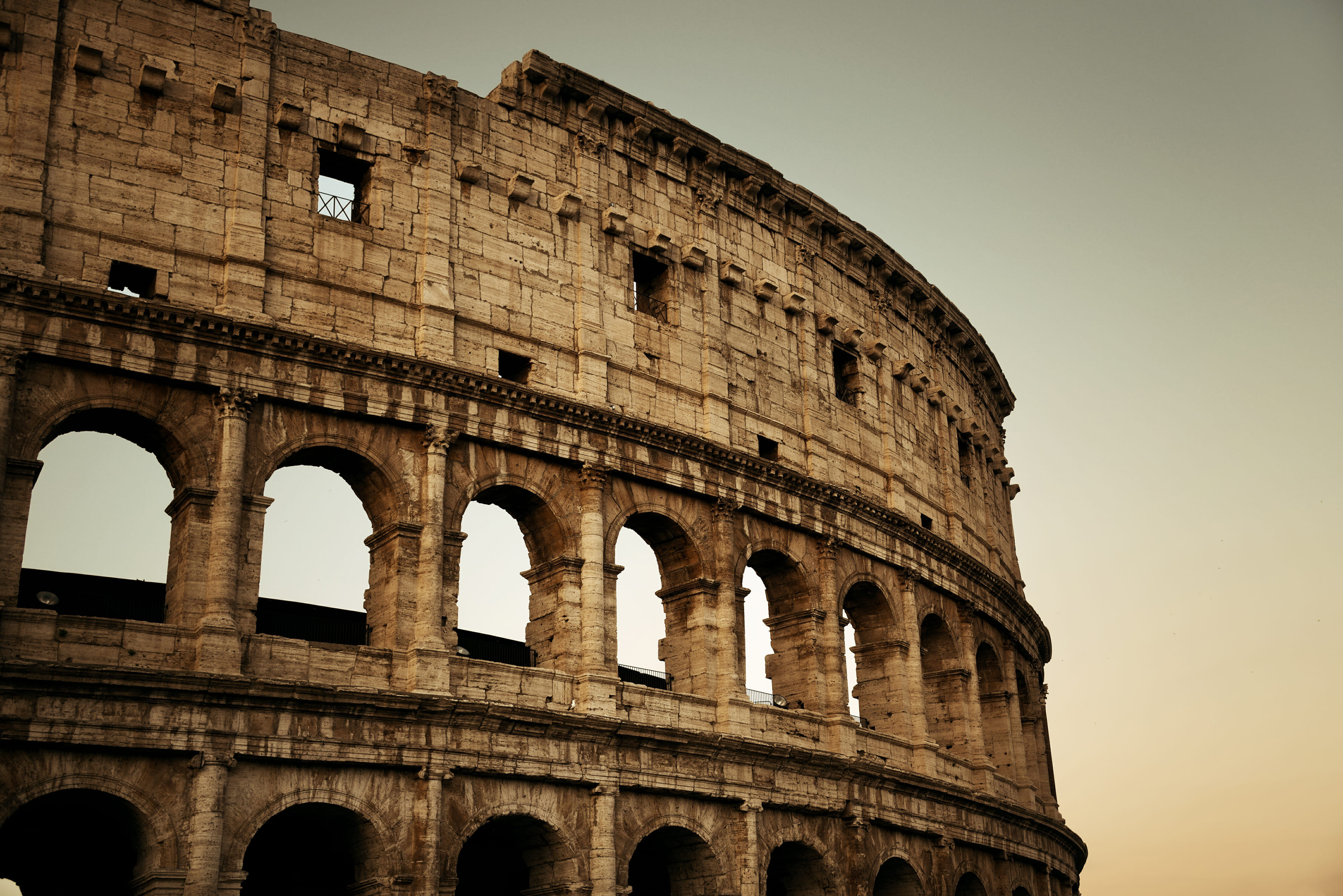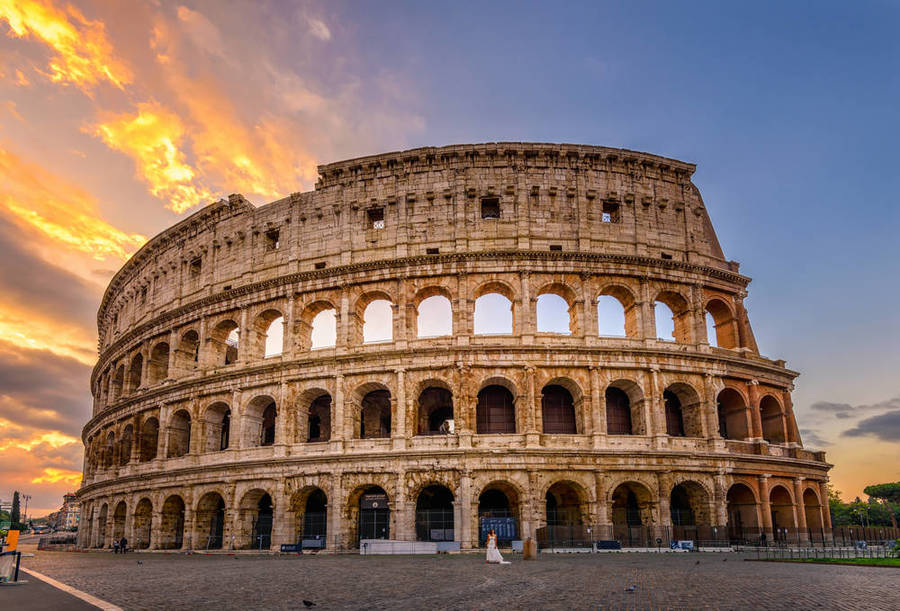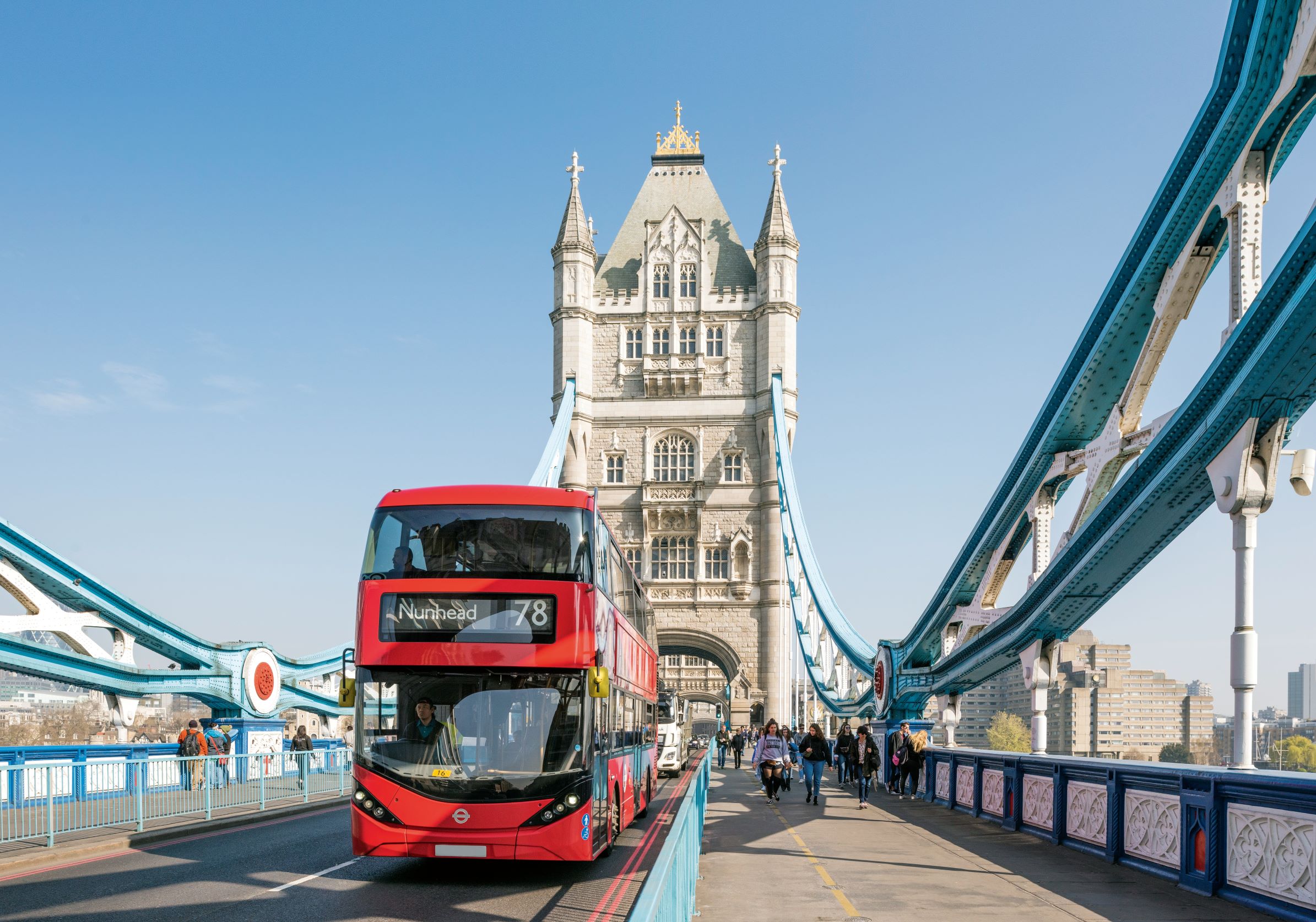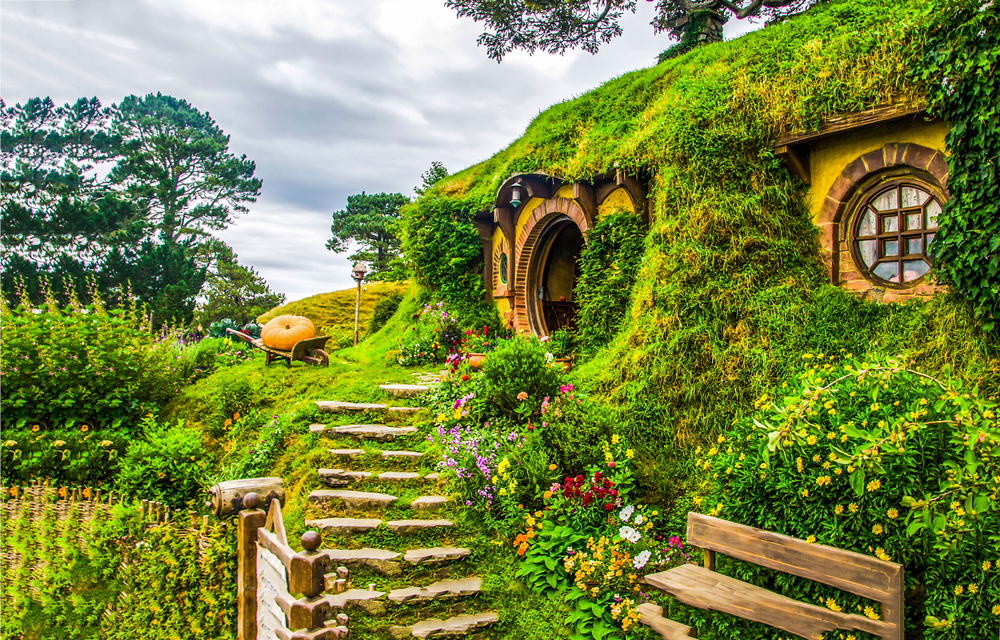Ultimate guide to things to do in Italy with kids
Italy is the quintessential paradise for ancient ruins and historical museums – an ancient history nut’s dream! The whole family will be enamoured with the wealth of interesting and engaging sites dedicated to the country’s rich history and art. Many offer discounted admission for children, as well as seek to engage young people of all ages with educational tours and interactive experiences.
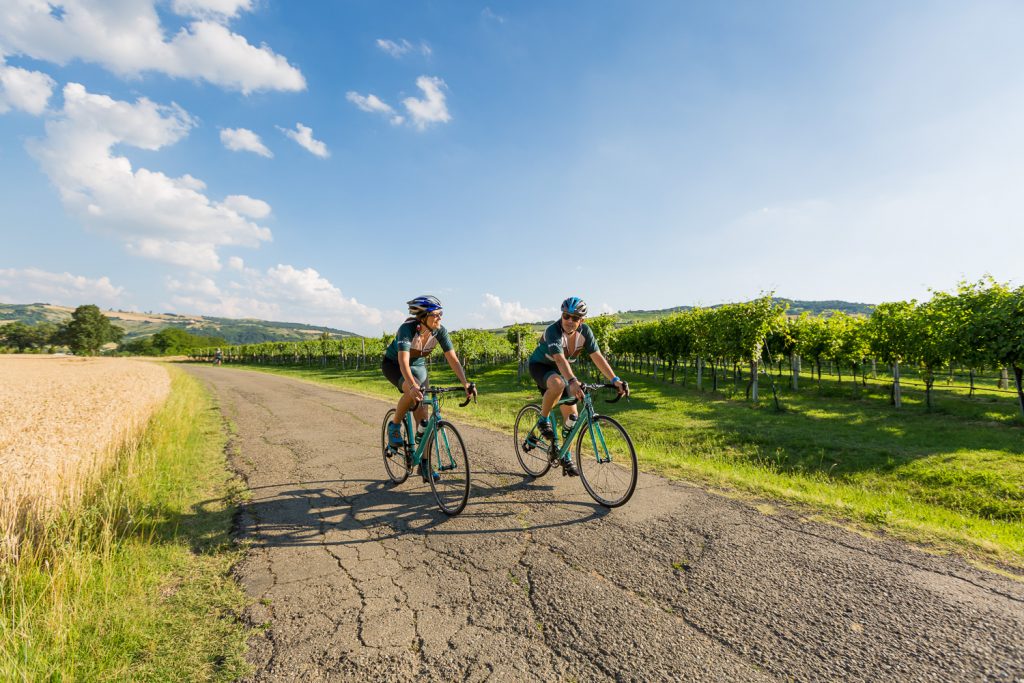
Food, and the sharing of meals with friends and family, is an integral part of Italian life. Children are loved and cherished throughout Italy and families will be welcomed in most eateries and restaurants – many are family-owned businesses themselves. Experience the best pizza of Italy in Naples, challenge your kids to taste the diversity of authentic Italian pasta dishes, engage in kid-friendly food tours and learn to make pizza or gelato.
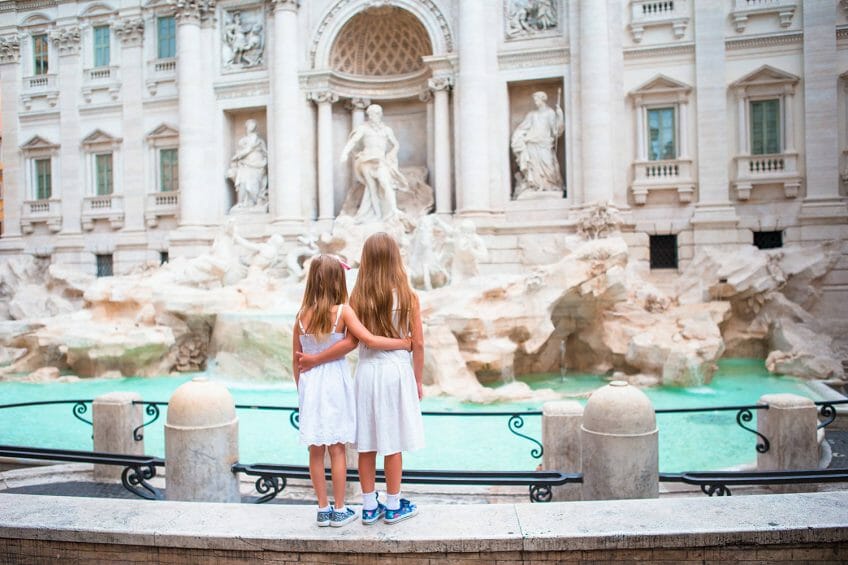
The kids will love
Rome
Ancient Rome is a source of wonder for children (and adults!) – brought to life by enthusiastic tour guides and interactive experiences, Rome’s world-class museums provide hours of fun and knowledge for kids of all ages. Museums often offer discounts for family tickets with two children or more.
Naples
Explore the ancient ruins of Pompeii and Herculaneum – take a guided tour of the sites or wander through the ruins on your own time – marvel at the beautiful mosaics and incredibly well-preserved ancient cities. Climb Mount Vesuvius to view the city of Pompeii from above, visit thermal pools and coastal caves.
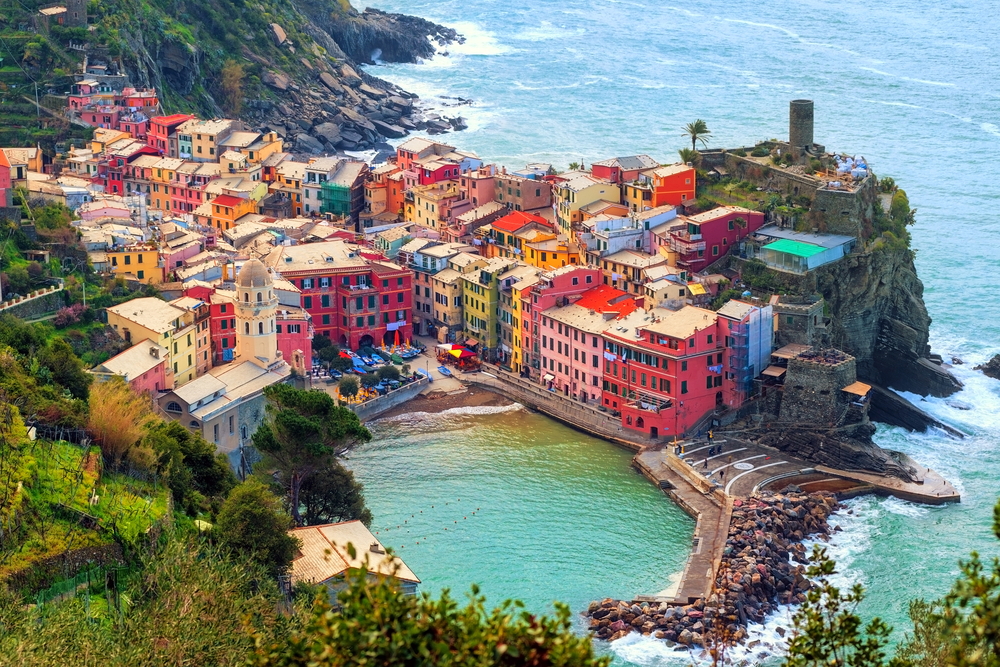
Sicily
Relax at beachside towns – beautifully set among ancient ruins and castles. Take boat trips around the vibrant islands, experience the street markets at Palermo, explore the Norman castle ruins and watch a traditional puppet show in the piazzas.
Trento
Experience all facets of snow sports throughout the winter season and stay in the cosy family-friendly ski resorts. During summer, the region is host to a diverse array of summer adventure sports including hiking, mountain biking, horse-riding. Trento is a great destination for adventure-loving older kids and teenagers.
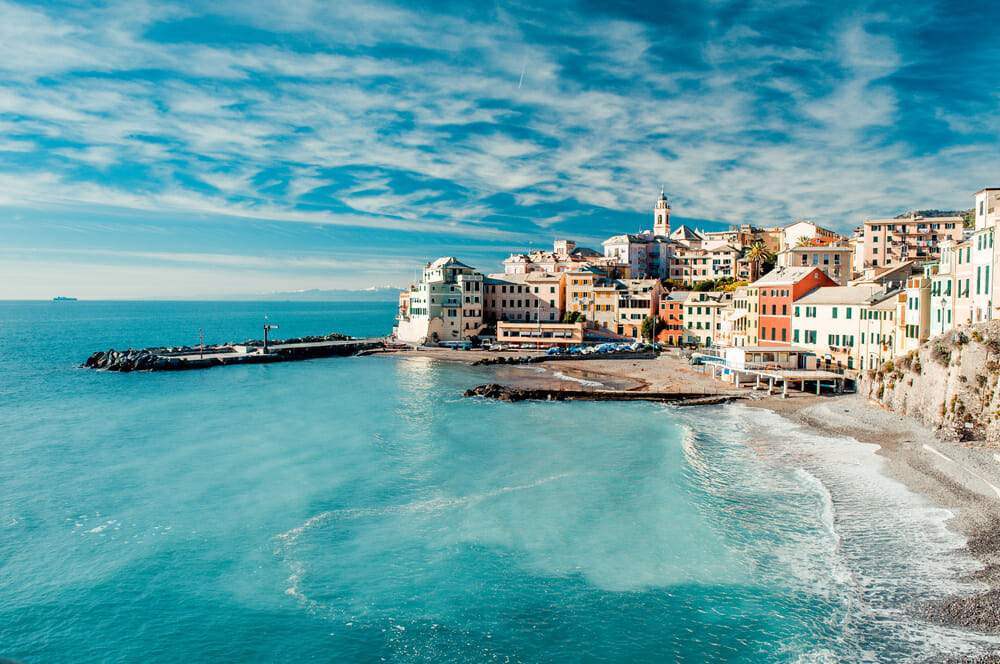
Best time to travel
November to February is the low season for travel throughout Italy – cheap accommodation, bargain tourist rates and uncrowded access to even the most popular tourist destinations create a markedly unique experience for travelling in the wintertime. Northern Italy boasts picturesque experiences for skiing and winter sports, while the South coast and islands are destinations that retain somewhat warmer temperatures, allowing for access to popular tourist destinations unencumbered by crowds.
High season, May through August and peaking in July, is the busiest and hottest season in Italy, with crowds very slowly dying down up until late October. Large crowds and sweltering temperatures are the down sides for touring the country’s major destinations and tourist sites during this period. Countryside and coastal destinations are recommended during this season – the perfect time of year for water-sports and adventure activities.
March to April, is a sweet spot for travel throughout all regions of Italy. Great weather, as well as relatively quiet, this shoulder period is a fantastic time to visit the major tourist destinations that children will enjoy– Rome, Naples, Sicily – as well as engage in the beginning of summer activities in northern Italy.
Things to do in Italy with…
Young children will love the Italian capital! Rome’s abundance of history, museums and attractions will have kids entertained for days. Babies and toddlers will be happy with a classically simple Italian pasta or pizza.
Ancient history is alive throughout Italy – hike the infamous Mount Vesuvius, explore the ancient cities Pompeii and Herculaneum, with many ruins still standing, and take interactive tours throughout the sites of Rome. Kids of all ages (and adults alike) will be blown away by the astonishingly well preserved sites – history feels chillingly close.
Teenagers will love the beachside towns and relaxed atmosphere of Sicily. Take a picturesque boat trip around the island, relax by the beach and explore ancient ruins juxtaposed against white sandy beaches. Adventurous teens will love Trento – in both summer and winter, the city hosts many activities and an inclusive atmosphere for making friends.
Surrounded by mountains, northern Thailand holds an almost mystical appeal. In Chiang Mai, Thailand’s second largest city, you’ll find heaps to see and do. The city is home to more than 300 fascinating temples and eye opening traditional practices, plus the fascinating Walking Street Markets, where teens can stock up on trinkets and cheap clothes. And while the pretty moated city offers rich history, culture and tradition, it is also home to some of Thailand’s most teen friendly resorts. It is also an excellent base for visiting the mountains and for exploring neighbouring forests, rice fields and national parks for bamboo rafting, white-water rafting and trekking.
Not too far from Chiang Mai is Chiang Rai, a culturally diverse region that is home to Thailand’s minority Hill Tribes. Here you’ll find a more traditional Thailand, and visiting families can even enjoy a homestay with a hill tribe family for the ultimate in cultural immersion.
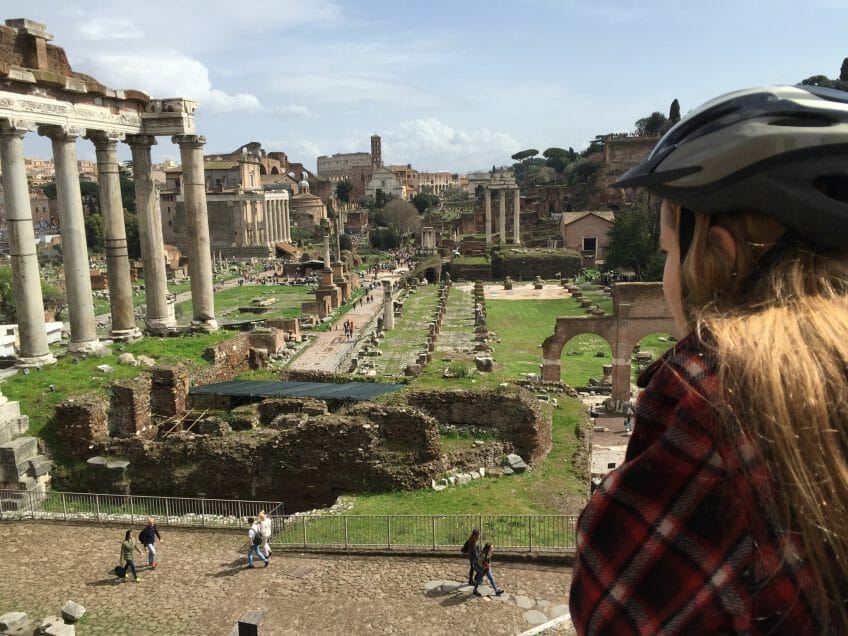
Getting around Italy
Train: The most efficient way to get around – high-speed trains connect the major cities, as well as an extensive network that covers most rural destinations. Trains are reasonably priced and have frequent timetables. Regional train passes can be a good option for travellers who will be taking several trips, or Eurail passes for extensive travel throughout Europe.
Car: A great option for travelling through the countryside, independently and at your own pace. Cars are reasonably affordable and often the best deals are made via walk-in rentals.
Bus: A cheaper alternative to trains, though slower. Some bus routes provide access to remote towns not accessible by train.
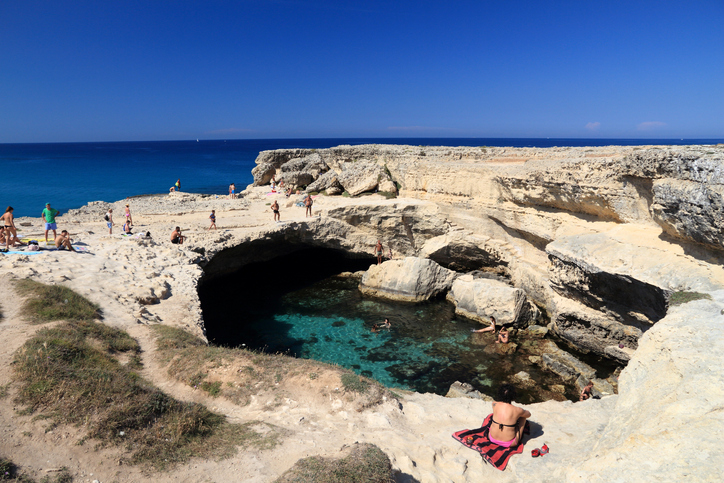
More about Italy for families
Accommodation
- Agriturismi (rural farm-stays) are great for kids and provide a more quiet, picturesque and self-catering accommodation. Farm-stays offer a range of outdoor activities – horse-riding, mountain biking, hiking, sports and traditional pastimes such as bread making in ancient stone ovens.
- Airbnb is fast becoming a preferred way to stay for families throughout Europe. Affordable, comfortable and dependable, living in a fully furnished home is a wonderful experience for families, with the bonus of hosts that can often offer genuine local advice on all a destination has to offer.
- Kid-friendly Hostel perks include a community feel, a wealth of information available on tourist activities, communal meals, the opportunity for kids to meet other travellers and, of course, the competitive budget costs.
- Hotels & resorts are a great option for seaside destinations such as Sicily, Sardinia and Venice.
What to pack
- Italy is a family friendly country and all essentials for babies and toddlers will be able to be purchased throughout the country. Baby carriers are a good option – most Italian cities have cobbled streets and many stairs making travel with strollers impractical.
- Good walking shoes and sunscreen are a must – walking is a great way to get around the major cities as well as participating in the many tours and ancient sites on offer. Very light and versatile clothing is recommended for summer – with a lot of time spent outside and a lack of air-conditioning, this is an important recommendation to keep cool in the humidity.
- Snow-sports gear for wintertime; clothes suited to adventure sports for older kids in all other seasons; and swimming costumes and beach gear for coastal towns.
- Well-covering, respectful clothing and enclosed shoes may by required for visitation of some spaces – religious sites such as cathedrals and basilicas as well as some ancient sites.
Planning
- Book early when visiting in the summer and during the Easter and Christmas holidays. Generally, the earlier you book, the better price you will get.
Related Stories
-

Things to do in Italy with kids
Ultimate guide to things to do in Italy with kids Italy is the quintessential paradise for ancient ruins and historical museums – an ancient history nut’s dream! The whole family will be enamoured with the wealth of interesting and engaging sites dedicated to the country’s rich history and art. Many offer discounted admission for children, …
-

How my travelling life has changed since becoming a dad
Award winning travel writer Ben Groundwater shares how his travelling life has changed since becoming a dad.
-

Lap up the luxury at The Langham, Melbourne
Stay right in the thick of it at The Langham, Melbourne. Sarah Friggieri talks chandeliers, charcuterie and character high teas at the luxury hotel.
-

Number 1 world destination for 2019
Which destination will take the top spot of TripAdvisor Traveller’s Choice Award for 2019? Check the list for some awesome travel inspo.
-

13 destinations from your kid’s favourite books
From Harry Potter to Jane Austen, step inside your favourite books at these literary destinations for tiny tots, primary schoolers and teens.
Janeece Keller is the founder and editor of Family Travel. She mostly travels with her husband and two young kids. She has a large blended family that lives in Australia and Europe. She has visited 52 countries and lived on 3 continents. From camping to luxury resorts Janeece tries to make sure her family has diverse holiday experiences each year. She is an avid hiker and ocean swimmer who loves good food, margaritas and heading off the beaten path.

